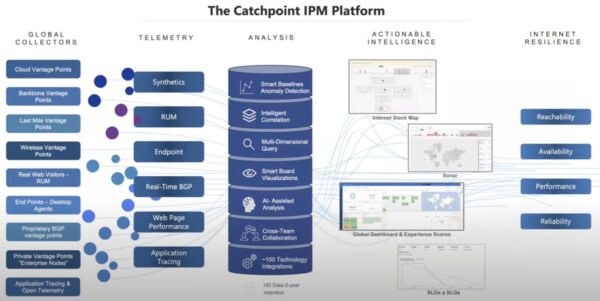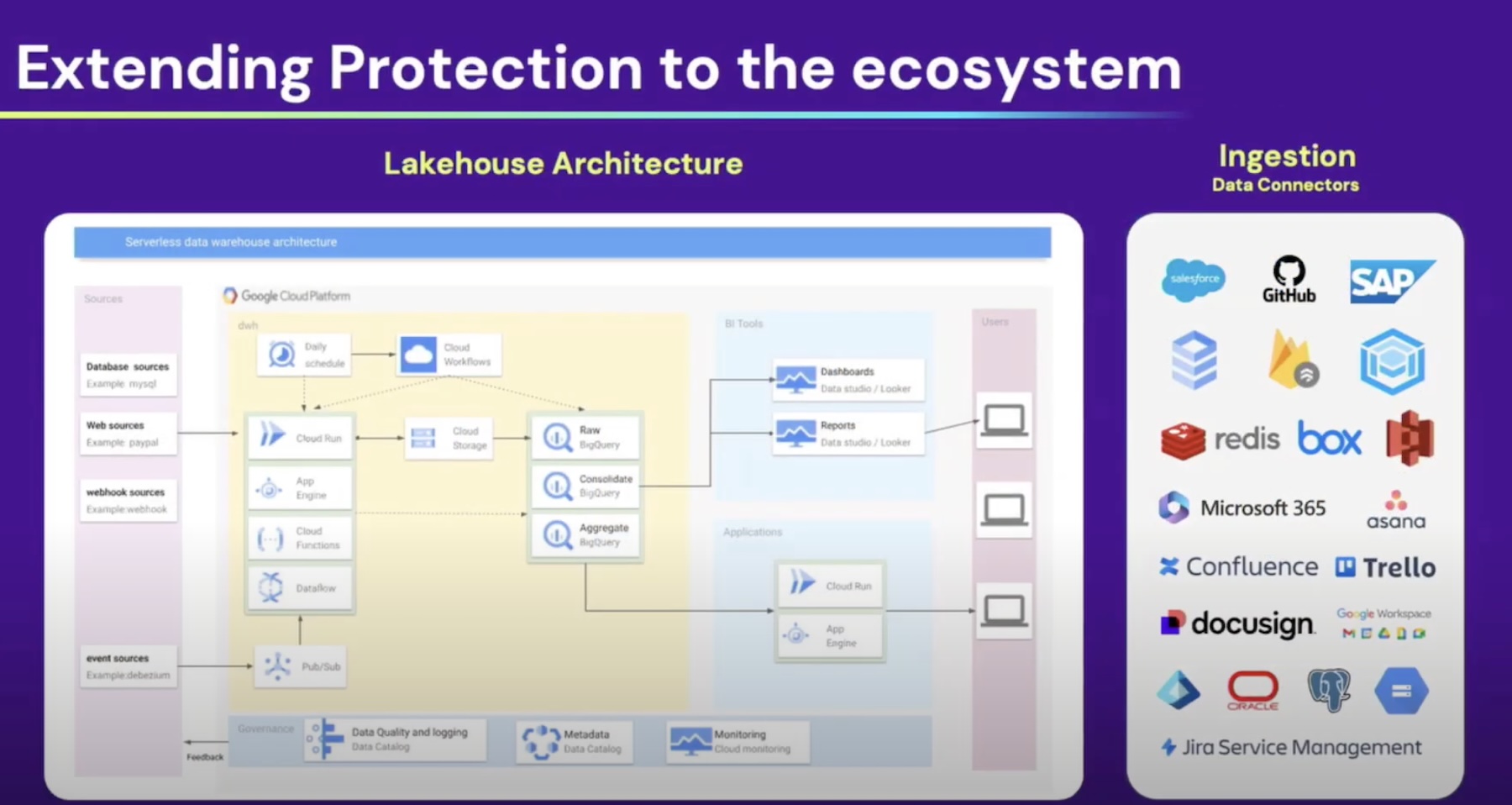Few things are more annoying than a spotty internet connection or a slow, halting app — but what’s causing the problem in the hotchpotch of the internet stack is anybody’s guess.
“Whenever there is a problem, you always see the symptom. The website is slow, that’s the symptom, or the application is not working, that’s the symptom. The root cause can be deep,” noted Mehdi Daoudi, CEO of Catchpoint, a multi-national provider of digital experience observability solutions.
A joint report by LiveAction and 1105 Media found that counteractively, 57% professionals involved in managing networks face low visibility in many network areas, and 49% struggle with generating actionable insights from their network data.
The Catchpoint Internet Performance Monitoring (IPM) Platform improves the odds of finding the source of such problems. It essentially handles the detection and identification of performance issues within the internet stack, replacing manual root-cause analysis work with speedy mean time to resolution (MTTR).
If MTTR can be shrunken effectively, certain results can be achieved including, greater revenue, better customer and employee experience, operational excellence and faster innovation, said Daoudi while presenting at the recent Cloud Field Day event.
“Most of our customers and practitioners we talk to wake up every day thinking about how do I shrink meantime to repair, and it starts with detect, identify, escalate, fix and validate,” he said.
Daoudi highlighted that while Catchpoint’s platform’s capabilities do not extend to troubleshooting a network issue, it can in certain cases ensure that, “once you deploy the fix…there is nothing left.”
A clever way to drill into complex performance problems – and to understand how they can be averted – is to test a service before the fact. This is exactly what synthetic monitoring does.
In the guts of the Catchpoint IPM platform is a set of global collectors that the company calls “mystery shoppers”. These are synthetic agents that are deployed at vantage points around the world, and are connected to most ISPs according to Catchpoint.

Their “job is to basically pretend to be a user doing something to catch problems,” Daoudi said.
Daoudi likens the agents to robots doing a recon of hotel rooms before the boarders arrive. “Mystery shopping allows you to stand proactively in every room in a hotel to make sure the bathroom is clean, the bed is clean and that’s what Catchpoint does at the core.”
With the help of these agents, Catchpoint runs what it calls “the largest active monitoring network in the world,” bringing to companies deep visibility into their customers experiences, network performance, applications and APIs.
The agents work ceaselessly measuring user experiences across the last mile, endpoints, cloud network, backbone, enterprise nodes, BGP and Real Web Visitors or RUM.
Currently, Catchpoint boasts a fleet of 2880 intelligent agents with 168 new agents added in 2024. “We operate a fairly large infrastructure, around 1500 servers around the world today,” he said. “We deploy Catchpoint agents in people’s homes. We pay them and we host [them] there to get the last mile perspective.”
For RUM data, Catchpoint leverages a JavaScript beacon or a little agent on users’ laptops that collects the real user monitoring data. The latest thing added to Catchpoint RUM is rage clicks that help identify rapid and repeated clicks that are indicative of slow responses, dead links and other issues in the service.
The data then journeys into Catchpoint’s core data center in Las Vegas where it is processed for analytics. Intelligence stripped out of the data is targeted to primarily answer four types of questions, Daoudi said – Is the network up? Is the app up or down? Is it fast or slow? And how reliable is it at delivering the desired user experience.
With a few clicks, the Catchpoint IPM makes these analytics available to the operators via a dashboard.
Catchpoint offers customer experience scores to indicate the quality of experience, but additionally shines lights on dependencies and interconnections that are useful to improve the efficiency and productivity of ITOps and SREs, Daoudi said.
Catchpoint’s live internet stack map lets users can “go in one place and see the entire health of the network.”
“I see my entire body, I see my entire scan, I know where my heartbeat is, how much my blood levels are, where there is a blockage, which third party is having a problem and I know exactly who to call,” Daoudi said.





